Recently, GOOD reported on the Bechdel test, an analysis tool that helps judge whether a film marginalizes female characters or not. The test is simple: Does the film feature women? Do those women talk to each other? Do they talk to each other about something other than men? If you can answer yes all three questions, the film passes the test. Analysis tools such as the Bechdel test work to expose the objectification of women in films. Now, a new Tumblr site is exposing a way that women have been marginalized by the film industry since its inception: movie posters.
Stand-up comedienne Marcia Belsky recently started a Tumblr page called the Headless Women of Hollywood where she pokes fun at movie posters that objectify women’s body parts by depicting them without heads. The page seeks to “bring attention to the still standard practice of fragmenting, fetishizing and dehumanizing the images of women we see in film, TV, book covers, and advertisement.”
On her blog, Belsky discusses why the objectification female body parts on movie posters is damaging to women.
By decapitating the woman, she becomes an unquestionably passive object to the male gaze. The question of her consent is removed completely alongside her head, and her purpose becomes solely that of being looked at by men obediently. Her value is that only of her sexual appeal to men, and not of her personhood.
The consistent fragmentation of women’s bodies, with particular focus on the boobs, butt and lips, separates the sexualized female body parts from her wholeness. Thus, as fragmented parts, the viewer does not have to morally reconcile the woman who is being objectified with her complete humanness.
Follow Headless Women of Hollywood on Tumblr, Instagram, and Twitter.







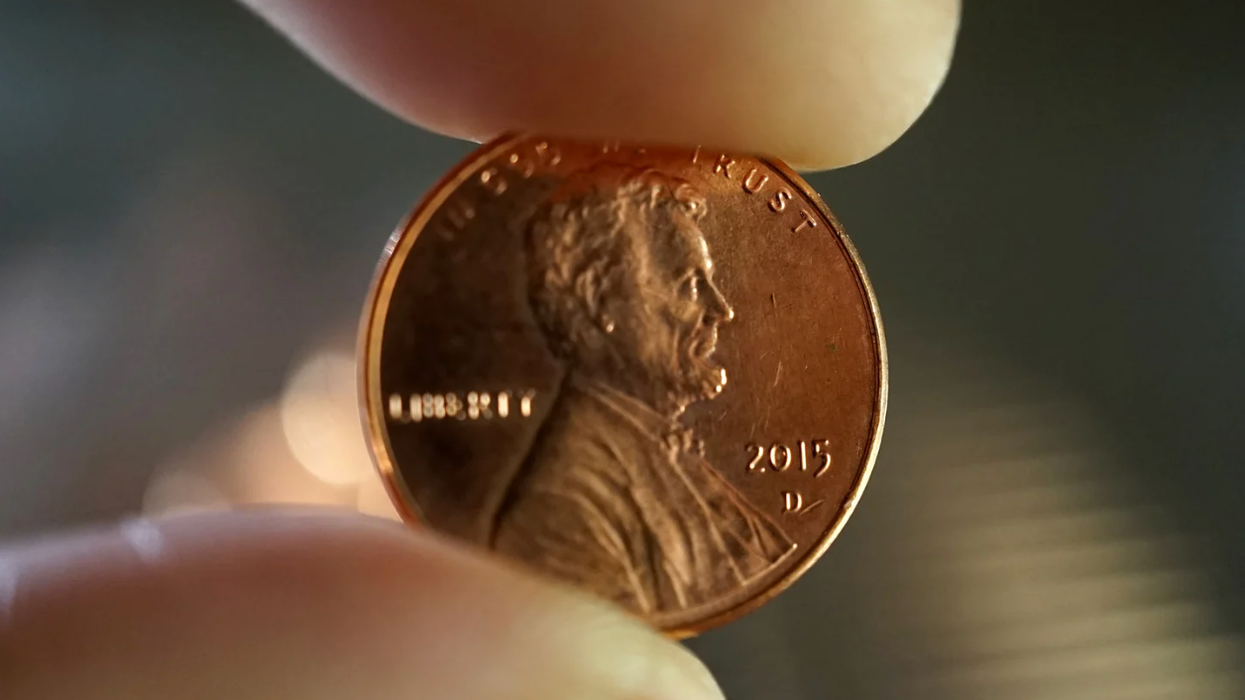
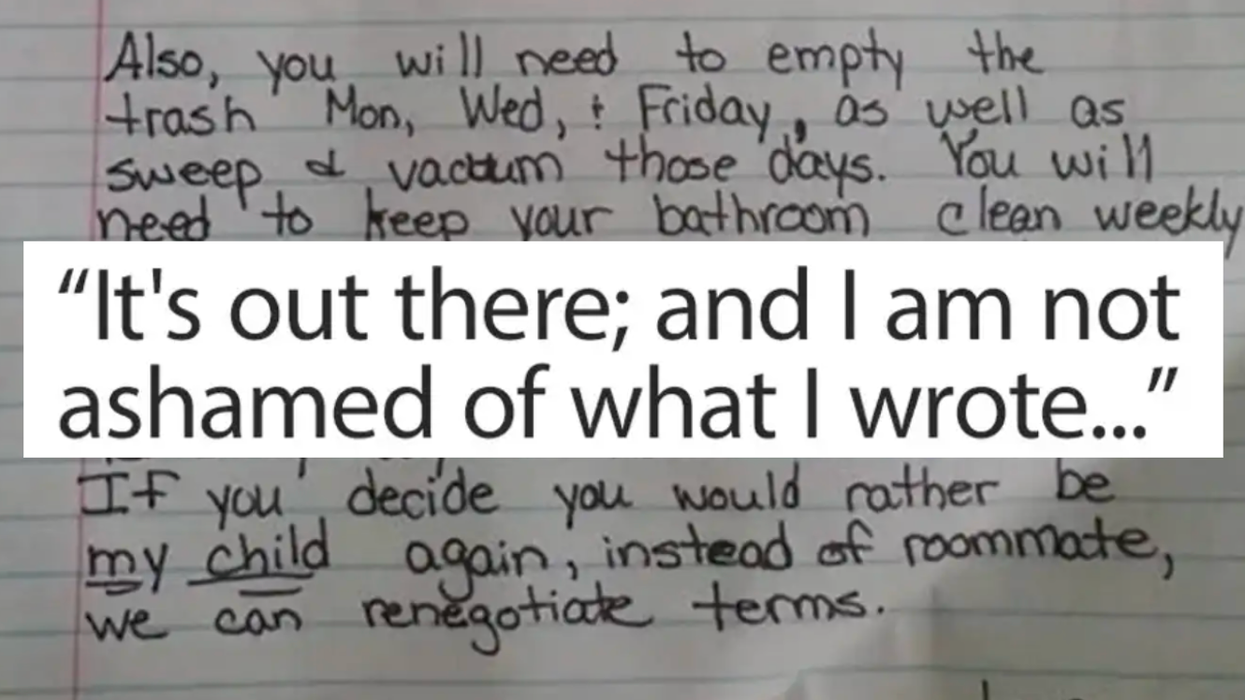
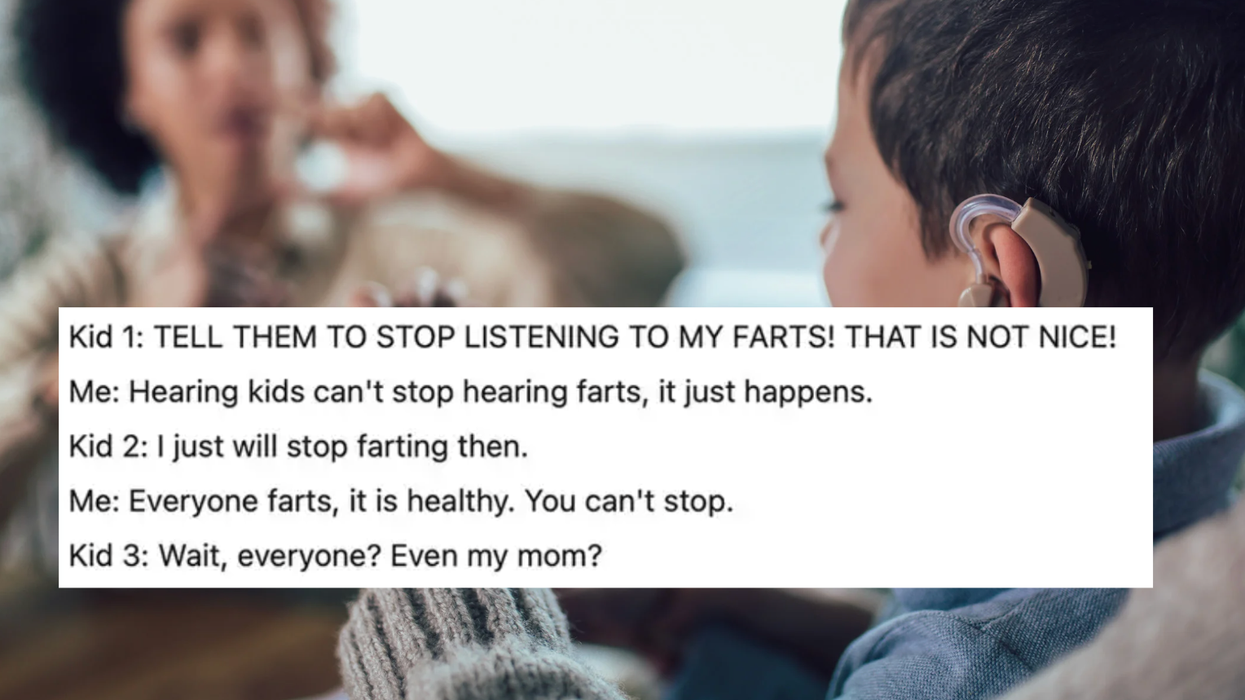







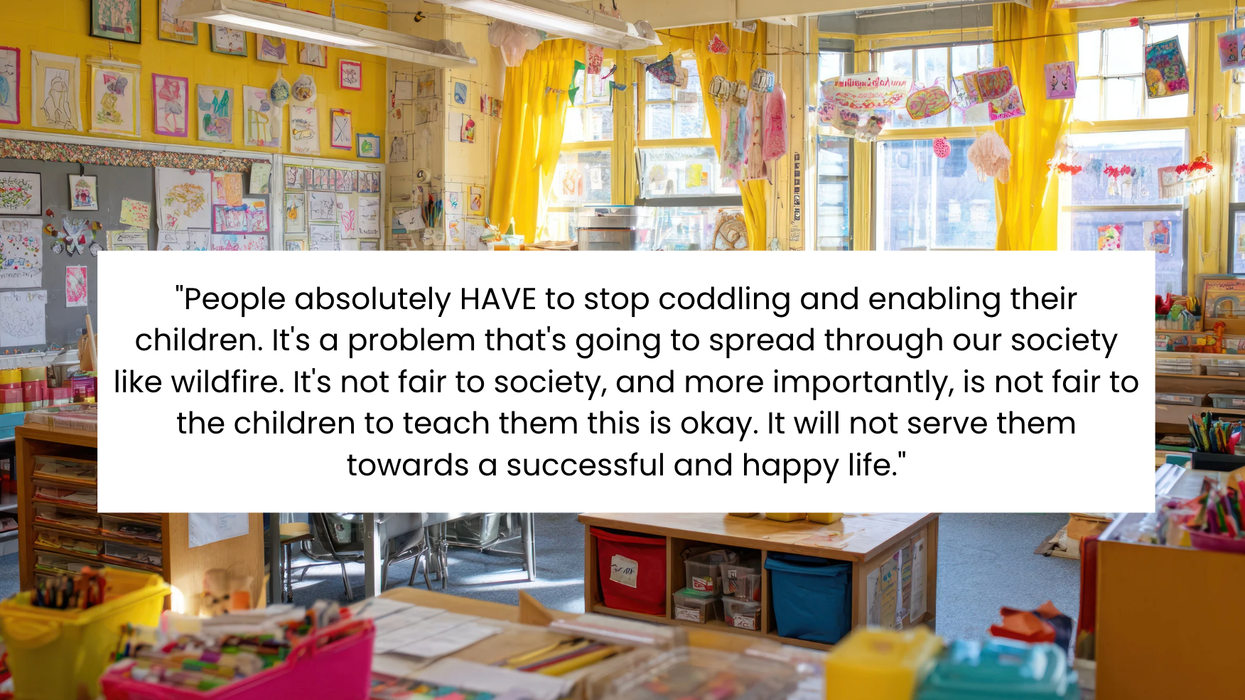
 A real estate agent talks with a young coupleCanva
A real estate agent talks with a young coupleCanva A frustrated school teacher takes a breakCanva
A frustrated school teacher takes a breakCanva A young girl plays around in her messy roomCanva
A young girl plays around in her messy roomCanva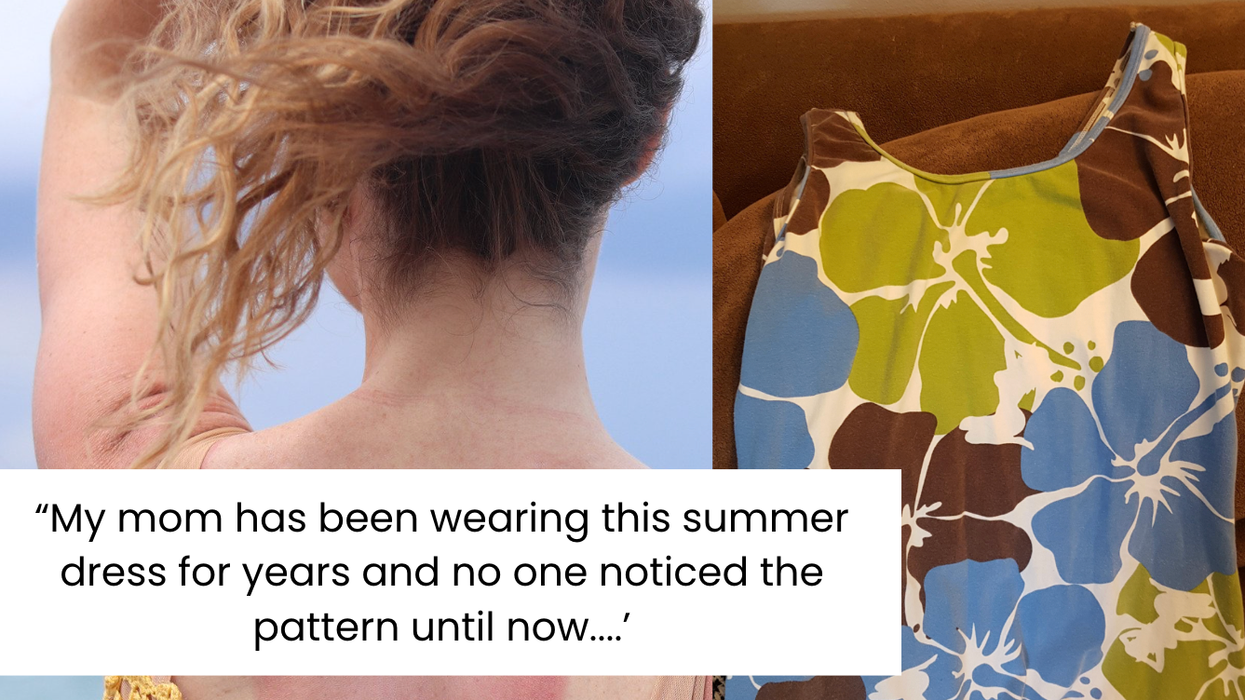
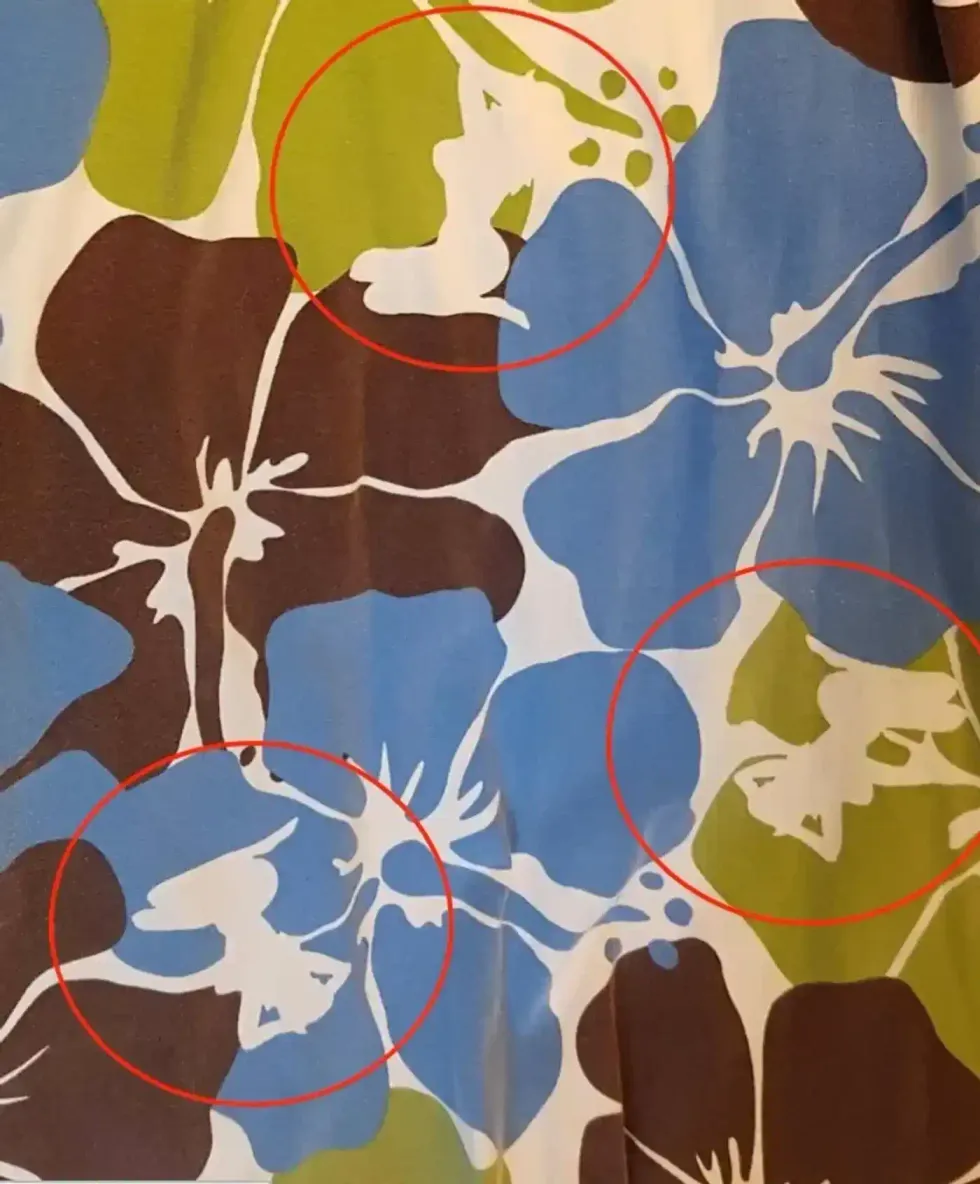 Image of the floral dress with the risque images circled
Image of the floral dress with the risque images circled 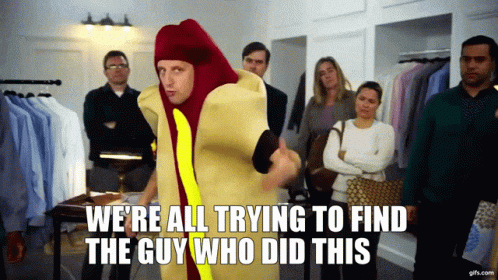 Gif of Tim Robinson via
Gif of Tim Robinson via 
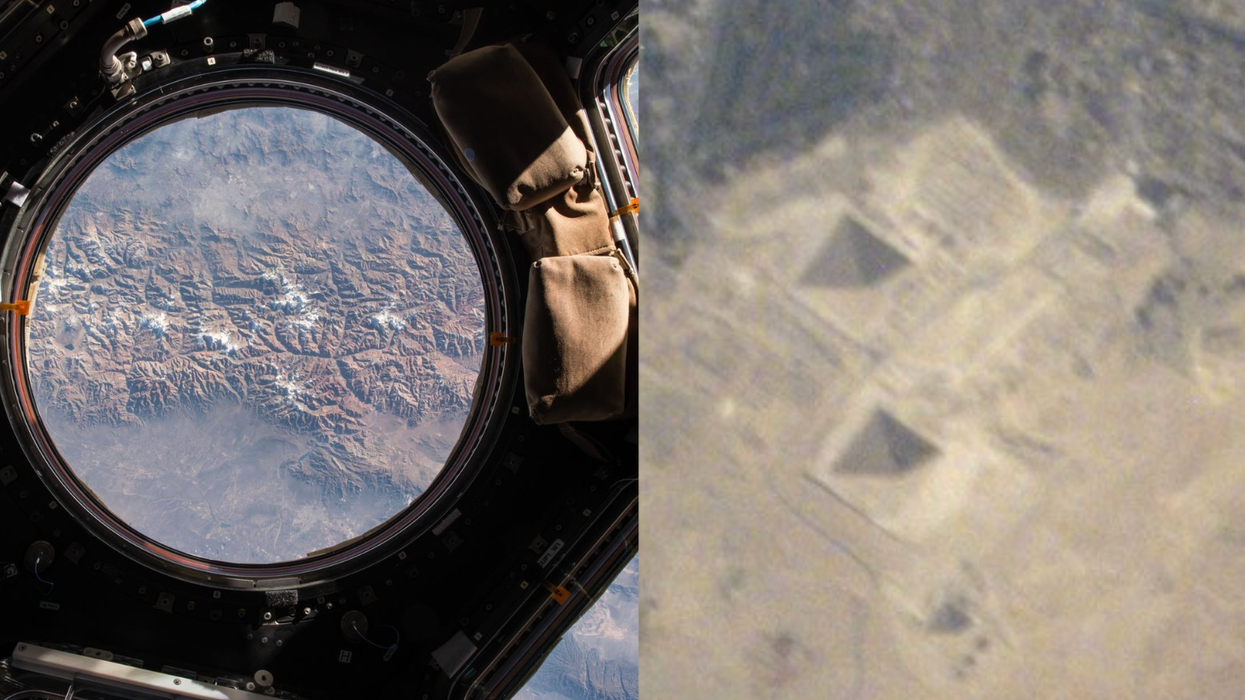

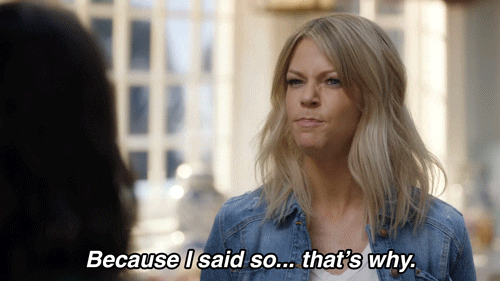 Gif of Kaitlin Olson saying "Because I said so ... that's why" via
Gif of Kaitlin Olson saying "Because I said so ... that's why" via 
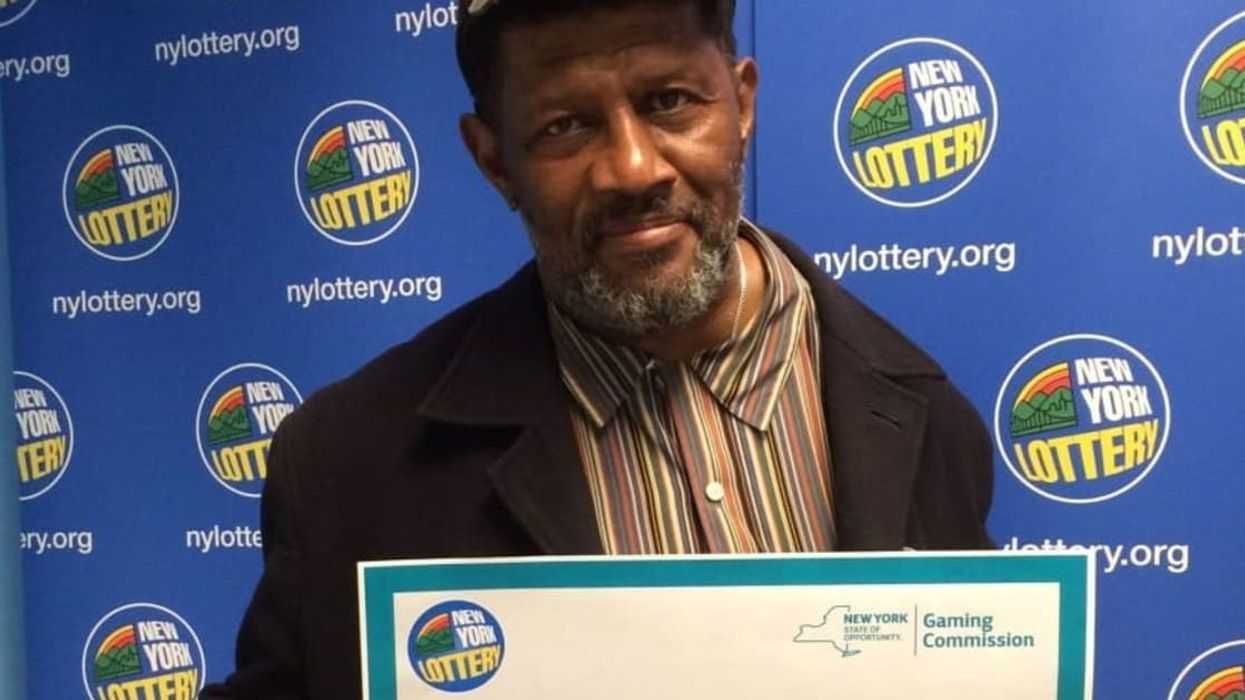
 A hand holds several lottery ticketsCanva
A hand holds several lottery ticketsCanva "Simpsons" gif of newscaster winning the lotto via
"Simpsons" gif of newscaster winning the lotto via